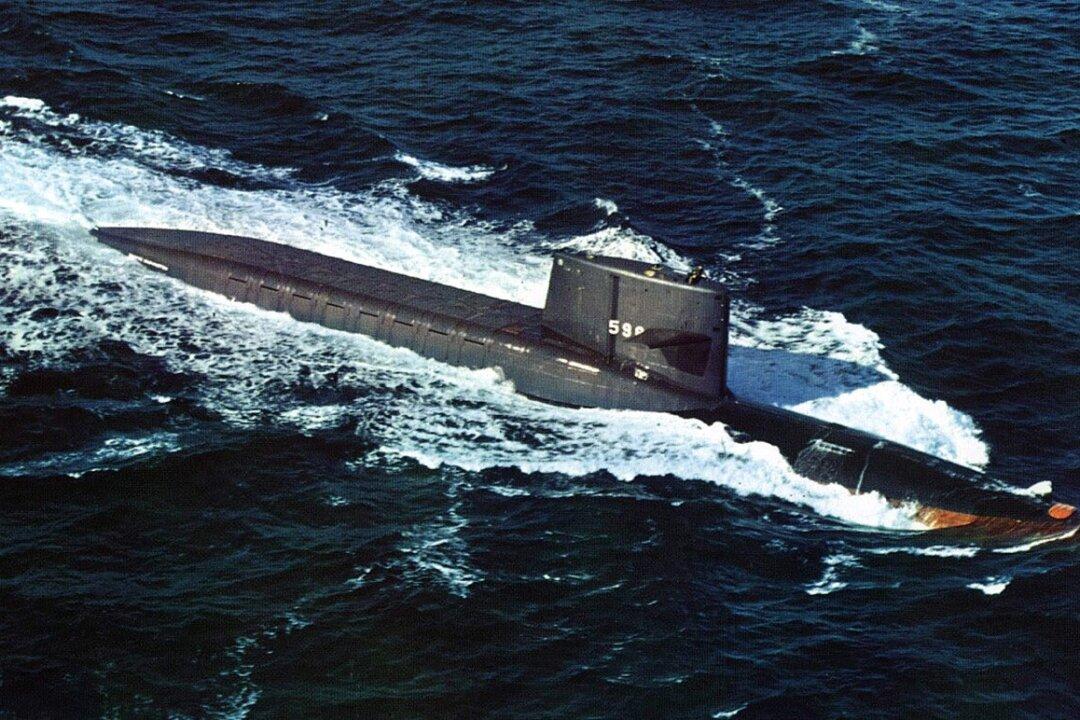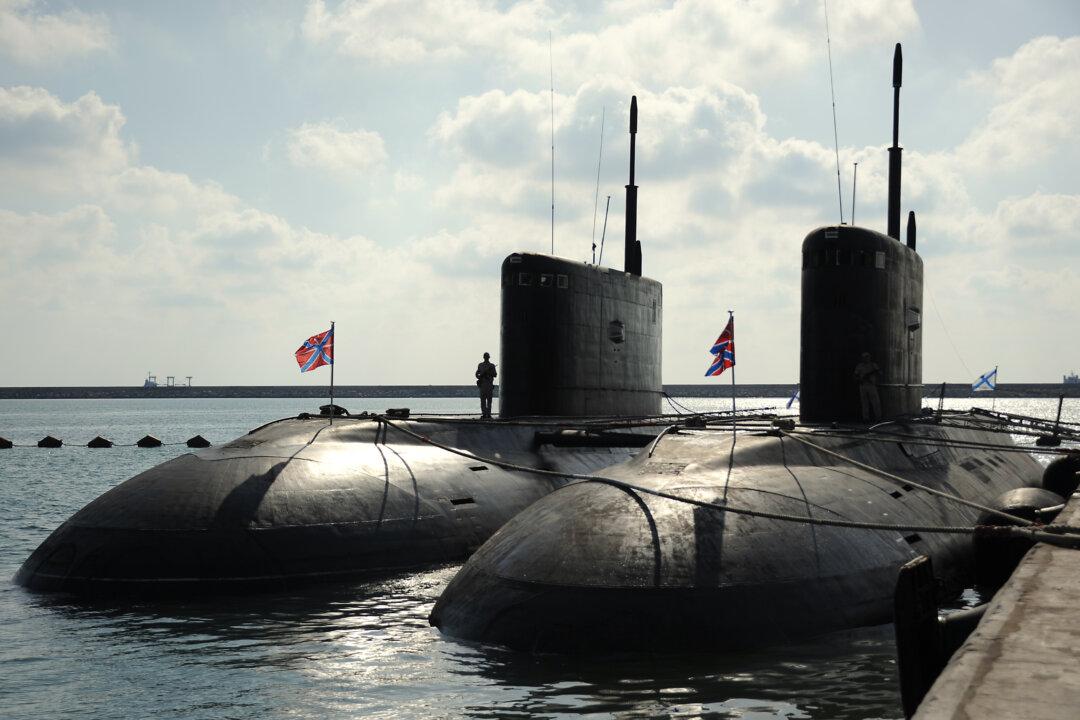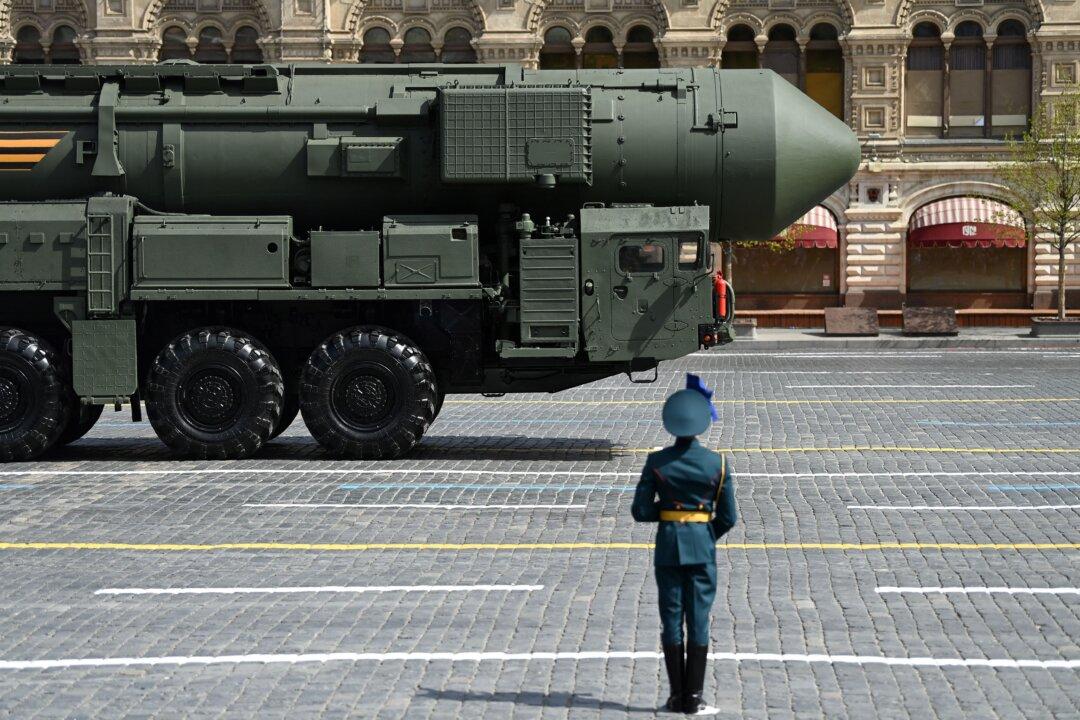Commentary
Since World War II, aircraft carriers have been the primary vehicle used by the United States to project naval power into other countries and regions. However, with a growing threat from anti-ship missiles and submarines, the use of carriers against competitors such as China is becoming increasingly risky.





